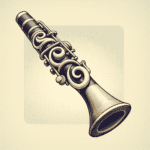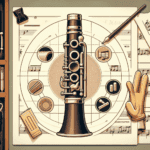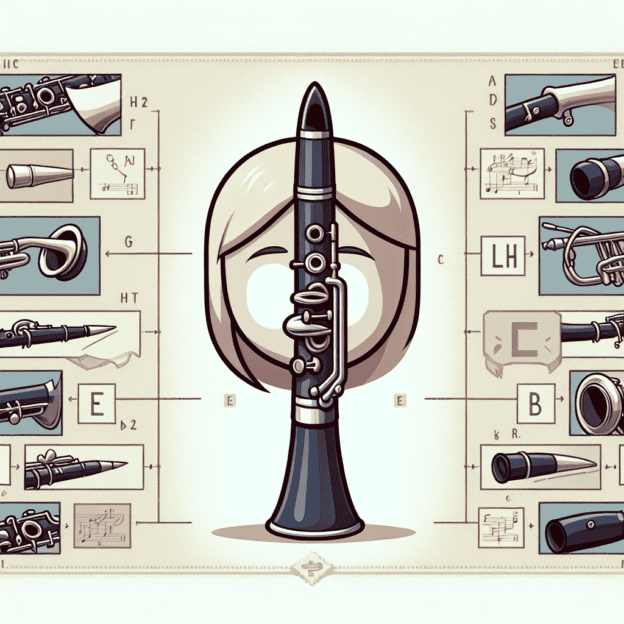The clarinet is a fascinating instrument that takes time and dedication to master. Learning about its various parts is just as important as practicing. The mouthpiece, in particular, is key to how the clarinet sounds. It affects the tone, pitch, and even how easily you can play certain notes. One specific part of the mouthpiece, called the facing length, plays a big role in shaping the sound you make.
What is Mouthpiece Facing Length?
The mouthpiece facing length is the distance from the tip of the mouthpiece to where it starts to curve. This curve, or facing, changes how the clarinet responds when you blow into it. A good facing length can make it easier to control your playing and hit notes clearly, while one that doesn't fit well can make playing more difficult.
Types of Facing Length
Mouthpiece facings usually come in three sizes: short, medium, or long. Knowing about these different types helps you pick a mouthpiece that works well for how you play:
- Short Facing: Makes it easier to play low notes, but might make the sound brighter, which isn't always ideal for every type of music.
- Medium Facing: Offers a good mix of ease and control, making it useful for many different styles of music.
li>Long Facing: Gives more control and can create a deeper, richer sound. More experienced players often prefer this type when they want a specific sound quality.
The Impact of Facing Length on Performance
Understanding how the facing length affects your playing can help you choose the right mouthpiece:
| Aspect | Short Facing | Long Facing |
|---|---|---|
| Air Support | Less air needed | More air needed |
| Tone Quality | Brighter sound | Darker sound |
| Technical Facility | Quicker response | More control |
1. Air Support
The length of the mouthpiece facing changes how air flows through the instrument. Longer facings need more air, which can be great for playing loud and soft, but might be harder for newer players.
2. Tone Quality
The facing length affects the sound color. Short facings often make brighter sounds, while longer facings create darker tones.
3. Technical Facility
How easy it is to play different notes can change based on the facing length. Shorter facings make it easier to play fast sections, while longer facings give you more control for detailed playing.
Choosing the Right Facing Length
Picking the best facing length depends on how you play, what kind of music you like, and what feels comfortable. Here are some tips to help you find the right fit:
1. Think About Your Playing Style
Consider the music you play most often. If you play a lot of classical music that needs a deeper sound, a longer facing might work better. For jazz or upbeat music, a shorter facing could give you the quick response you need.
2. Ask for Expert Advice
Talk to your music teacher or someone who fixes instruments. They can give you good advice based on how you play.
3. Try Out Different Mouthpieces
It's important to test mouthpieces with different facings to see how they change your playing. This hands-on approach will help you find the mouthpiece that works best for you.
How to Adjust to Your Chosen Facing Length
Switching to a new mouthpiece can be tricky. Here are some tips to help you get used to it:
1. Practice with a Goal
Set aside time to practice long notes and scales with your new mouthpiece. Pay attention to keeping your notes in tune and consistent.
2. Give It Time
It might take a while to feel comfortable. Don't rush it, and don't get frustrated. You might need to change how you hold your mouth too.
3. Listen to Yourself
Recording your practice sessions can help you hear how you're improving. It's a great way to check your tone and how accurately you're playing.
Conclusion
Picking the right mouthpiece facing length is key to playing the clarinet well. By learning about different facing lengths and how they affect your playing, you'll be able to choose a mouthpiece that helps you sound your best. Try out different options, and don't be afraid to ask for help to find the perfect match for you!







